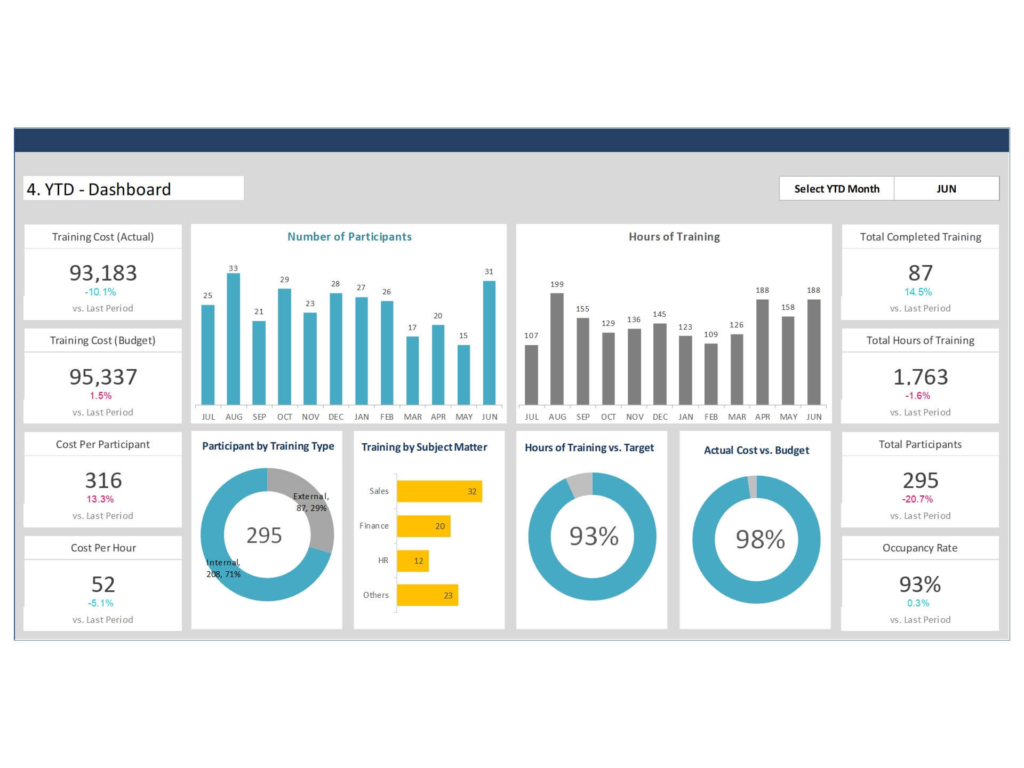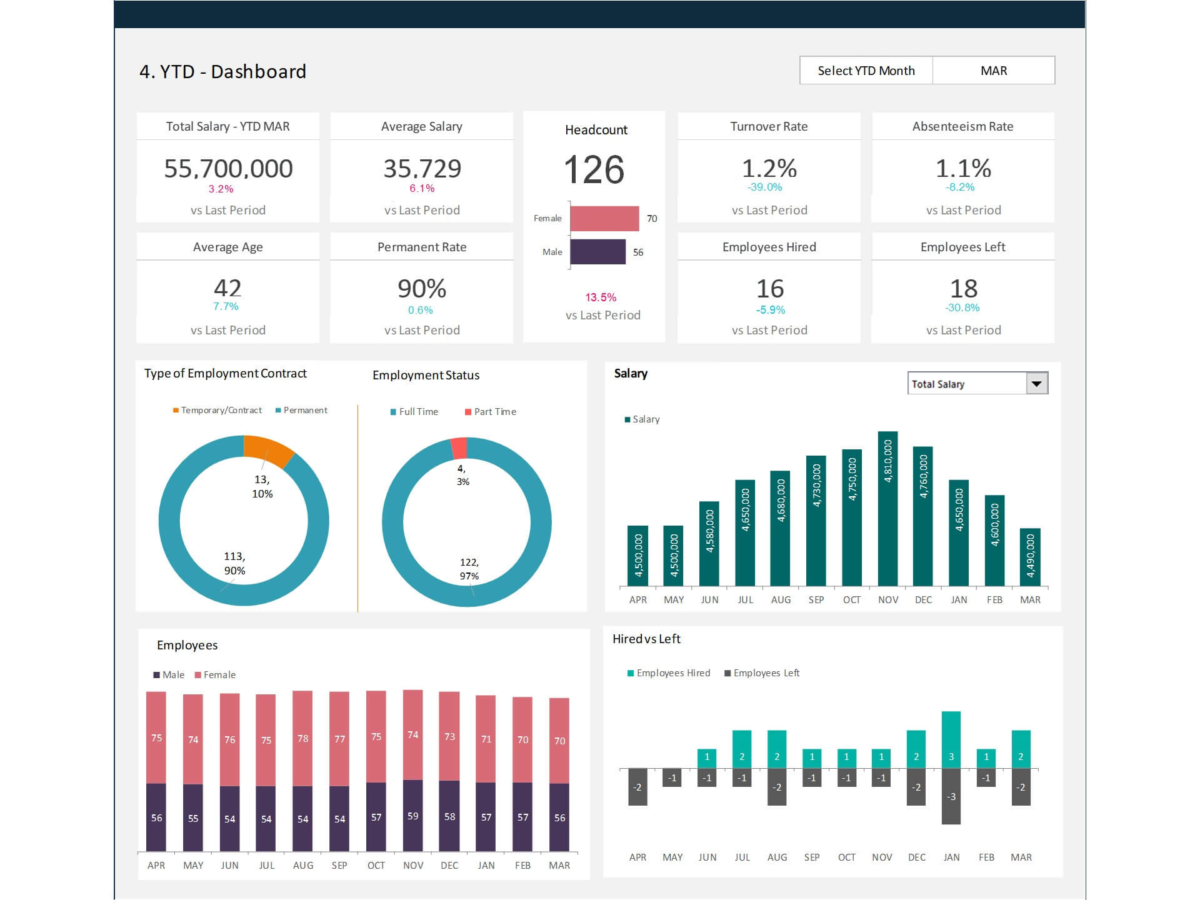Human resources are one of the most important departments in any company. After all, your employees are your most valuable asset! But with the advent of big data, HR is under more pressure than ever to contribute to the bottom line. That’s where HR analytics comes in.
HR analytics is collecting, analyzing, and making decisions based on data. You can use it to help with everything from recruiting and retention to employee engagement and development. And while it might sound daunting, analytics can be broken down into four levels—descriptive, diagnostic, predictive, and prescriptive—that can be applied to any HR problem.
Let’s take a look at each one of them.
Descriptive Analytics
The first level of HR analytics is descriptive analytics. This type of analytics looks at what has happened in the past. It’s often used to answer questions like “how many people have we hired in the last year?” or “what was our churn rate last quarter?” Descriptive analytics can be helpful in understanding historical trends, but it only does little in predicting future behavior or prescribing solutions to problems.
Diagnostic Analytics
This part is where we move beyond the observation and make our way to the “why.” This is where we ask questions and find a way to tie them to the business objectives and goals. Diagnostic analytics is where you should be able to identify trends, patterns, and correlations between different HR variables. You need to ask a lot of questions to be able to understand what’s causing the hiccups in your business.

Predictive Analytics
The next level up is predictive analytics. This type of analytics uses historical data to try and predict future outcomes. For example, HR executives might use predictive analytics to identify which employees are at risk of leaving the company or which applicants are most likely to be successful in a certain role. Predictive analytics is more complex than descriptive analytics, but it can be very powerful in helping companies make decisions about the future.
Prescriptive Analytics
The highest level of HR analytics is prescriptive analytics. This type of analytics looks at past data, tries to predict future outcomes, and prescribes solutions to problems. So, if predictive analytics tells us that an employee is likely to leave the company, prescriptive analytics would tell us what we can do to prevent that from happening. Prescriptive analytics is the most complex type of HR analytics, but it can also be the most helpful in making decisions about moving forward.
Sign Up For A Professionally Designed HR Dashboard
If you’re looking for an effective way to streamline your HR processes, our HR metrics dashboard can help.
At Biz Infograph, we offer numerous professionally designed dashboard templates, including HR training dashboards, sales dashboards, inventory templates, and high-end and agenda slide templates, among many others.
Sign up for our dashboard templates today and learn more.
